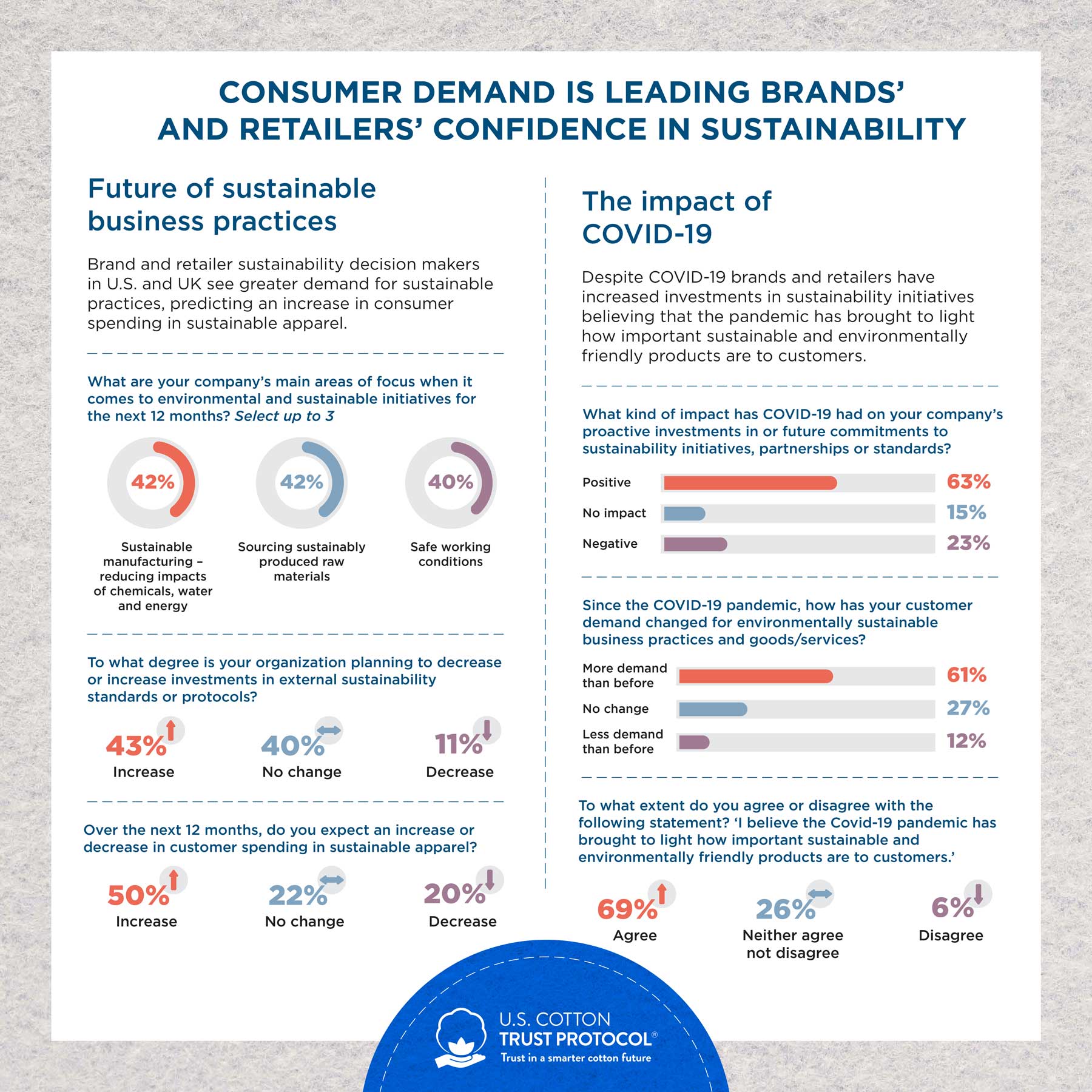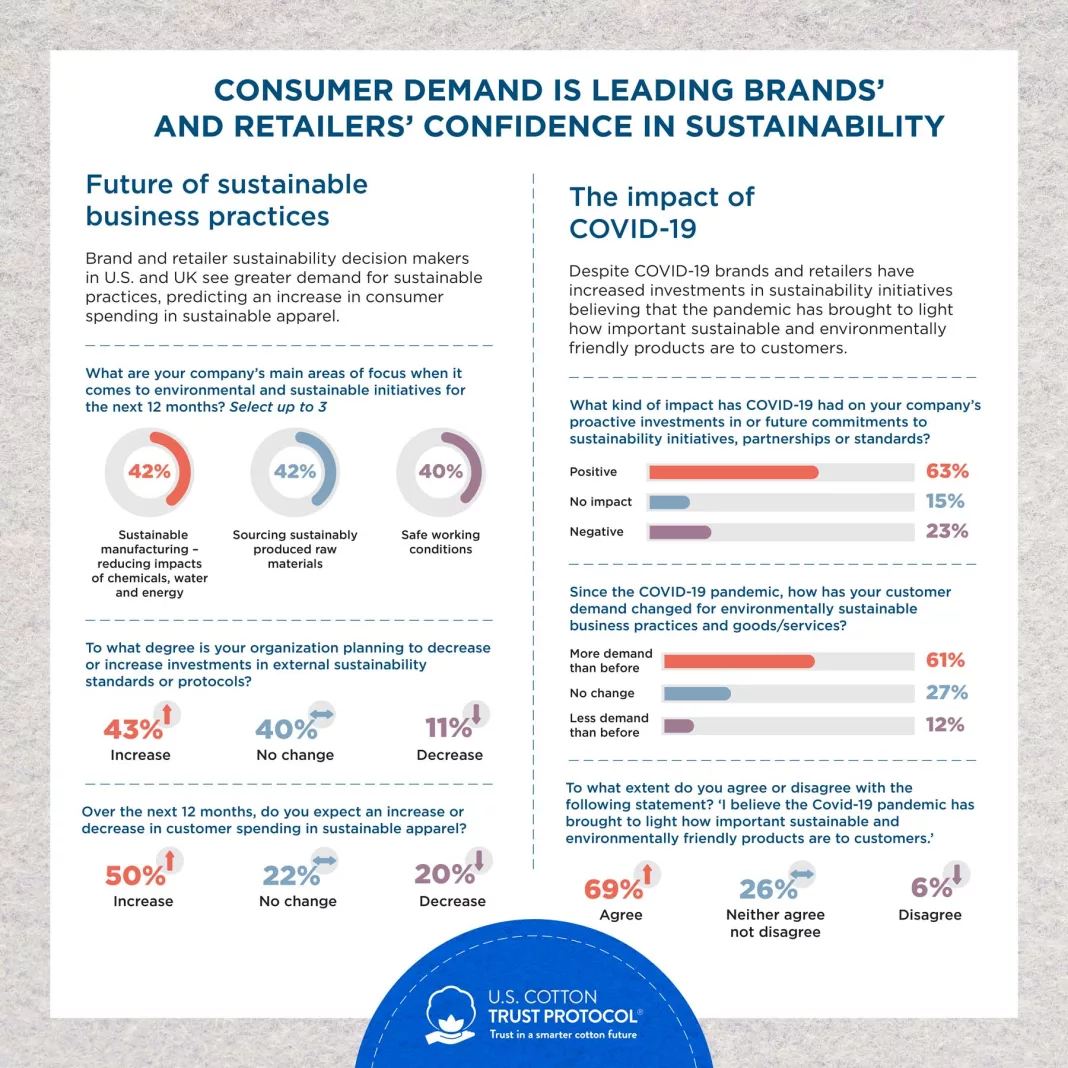 In a surprising turn of events, popular restaurant chains like Starbucks, KFC, and McDonald’s have experienced a decrease in consumer demand. This decline in same-store sales has raised concerns among economists who have been predicting a consumer pullback for months. Despite warnings to investors about weakening low-income consumers and diners trading down from pricier options, it has taken some time for fast-food chains to witness a decline in sales.
In a surprising turn of events, popular restaurant chains like Starbucks, KFC, and McDonald’s have experienced a decrease in consumer demand. This decline in same-store sales has raised concerns among economists who have been predicting a consumer pullback for months. Despite warnings to investors about weakening low-income consumers and diners trading down from pricier options, it has taken some time for fast-food chains to witness a decline in sales.
While factors like bad weather and tough comparisons to previous strong quarters have been cited as reasons for the weak results, it seems that competition for a smaller pool of customers has intensified. As the cost of eating out at quick-service restaurants continues to rise faster than eating at home, consumers are becoming more selective with their spending. Limited-service restaurant prices rose 5% in March compared to the previous year, while grocery prices have been increasing at a slower rate.
To combat this challenging environment, McDonald’s CFO Ian Borden emphasized the need for a “street-fighting mentality” to win over consumers who are visiting less frequently. However, there are outliers in the industry that have managed to thrive despite these challenges. Wingstop, Chipotle Mexican Grill, and Popeyes have reported significant growth in their same-store sales.
While some companies have highlighted value as a factor in their struggles, others have capitalized on it. Starbucks CEO Laxman Narasimhan acknowledged that customers were seeking more variety and value, leading to occasional customers not buying the chain’s coffee. Yum CEO David Gibbs noted that KFC’s U.S. sales were impacted by rivals’ value deals for chicken menu items. However, Taco Bell, which accounts for three-quarters of Yum’s domestic operating profit, has benefited from its value offerings.
The road to recovery for fast-food chains remains uncertain, although executives have provided optimistic timelines and plans. Yum expects the first quarter to be the weakest of the year, while McDonald’s plans to create a nationwide value menu to appeal to thrifty customers. Starbucks is also focusing on deals, with the upcoming release of an app upgrade that offers discounts to all customers.
Despite the challenges, it is important to note that the industry as a whole is facing flat-to-declining traffic in several countries, reflecting a global trend of consumer spending caution. However, companies like Burger King have managed to outperform McDonald’s in terms of same-store sales growth, indicating that competition within the industry remains fierce.
In conclusion, the anticipated decrease in consumer demand has finally hit popular restaurant chains like Starbucks, KFC, and McDonald’s. Rising prices and increasing competition for a smaller pool of customers have contributed to this decline. However, there are success stories within the industry, with some chains managing to thrive by offering value and variety. It remains to be seen how long it will take for sales to bounce back, but companies are implementing strategies to attract customers and regain momentum.


